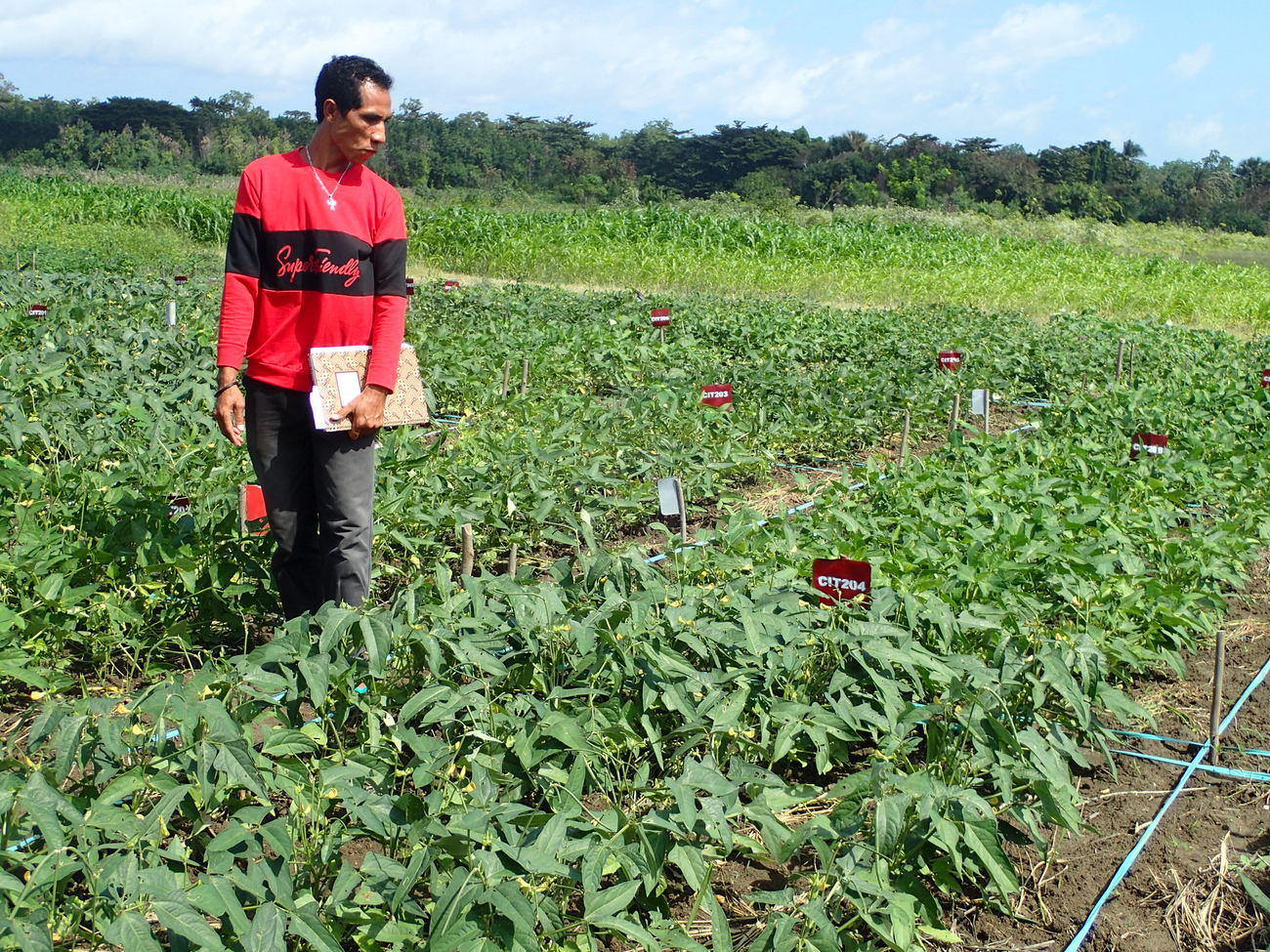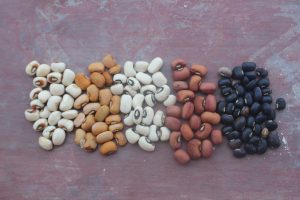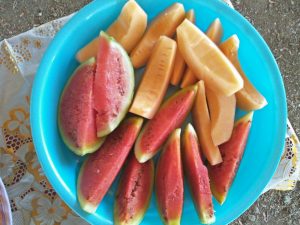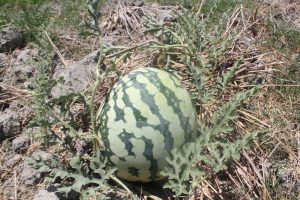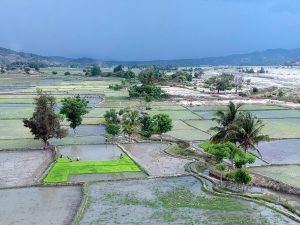Mung beans, red beans, cassava and corn: staple crops grown in thousands of households all over Timor-Leste, making regular appearances on dinner tables for generations. And in that time, little has changed in how they’re farmed.
But new research may have revealed an innovative way of growing mung beans differently – unlocking new opportunities for nutrition and ease for hundreds of farming families on Timor-Leste’s south coast.
Research conducted in July and August 2017 by researchers at Natarbora Agriculture School on Timor-Leste’s south coast investigated the effect of relay cropping on mung beans and rice crops, with an intention to uncover a more effective way of farming the two crops.
Both mung beans and rice are staple crops in Timor-Leste, where approximately 60 per cent of families are subsistence farmers, who eat what they grow.
Relay cropping, where one crop is sowed before the first is harvested, is a simple technique used in countries like Bangladesh, where limited water supplies hinder crop productivity. Researchers at Natarbora tested ways of planting mung bean seeds into an established rice crop, at intervals of one, five and 10 days before rice harvest, and with different seeding rates.
The AI-Com-supported research found that mung beans are most productive when sown immediately before the rice harvest, at a higher seed density. But hardworking farming families don’t need to fear extra work: researchers used the technique broadcasting, or scattering seeds, to plant to mung beans, instead of carefully placing each seed in dirt.
Local farmers in Natarbora say they didn’t believe broadcasted mung bean could produce a crop and asked for more technical assistance to understand how broadcasting mung bean can grow plants effectively.
Relay cropping can reduce growing time, produces nutritious food for families, and improves the efficiency of farming systems. Broadcasting similarly offers an effective way for farming families to produce healthy, nutritious crops without working themselves into the ground.
